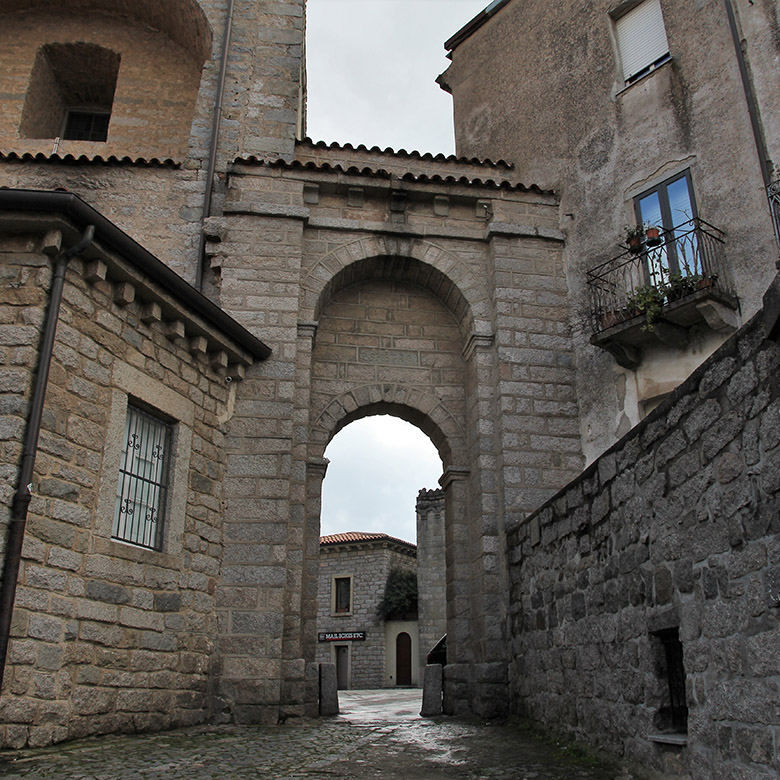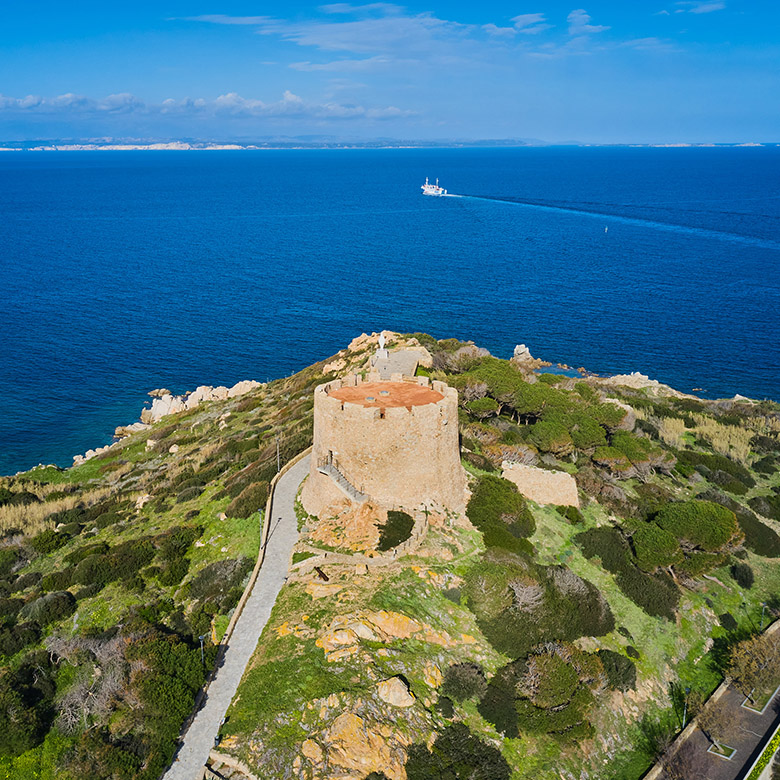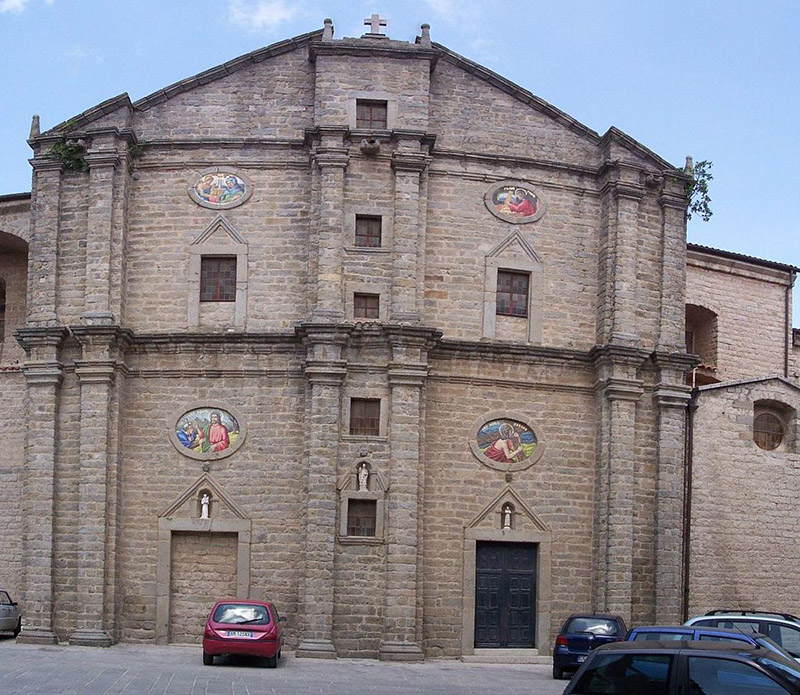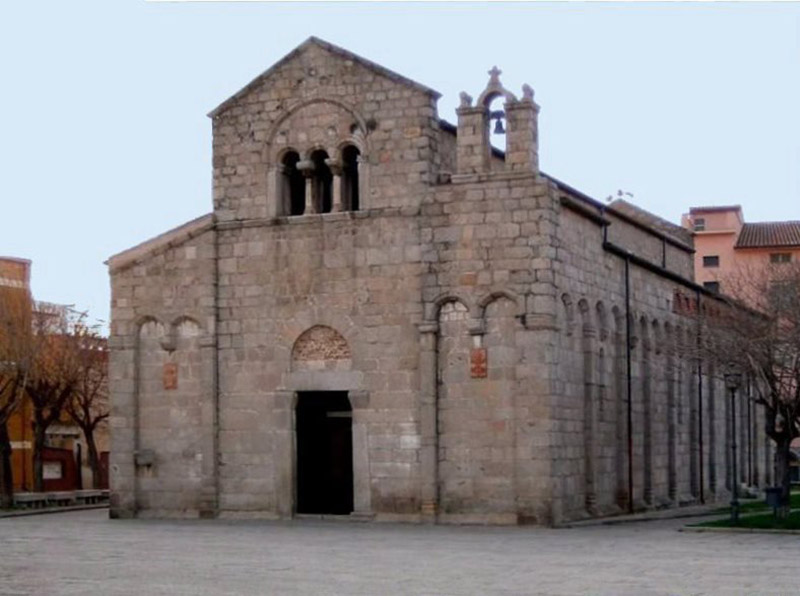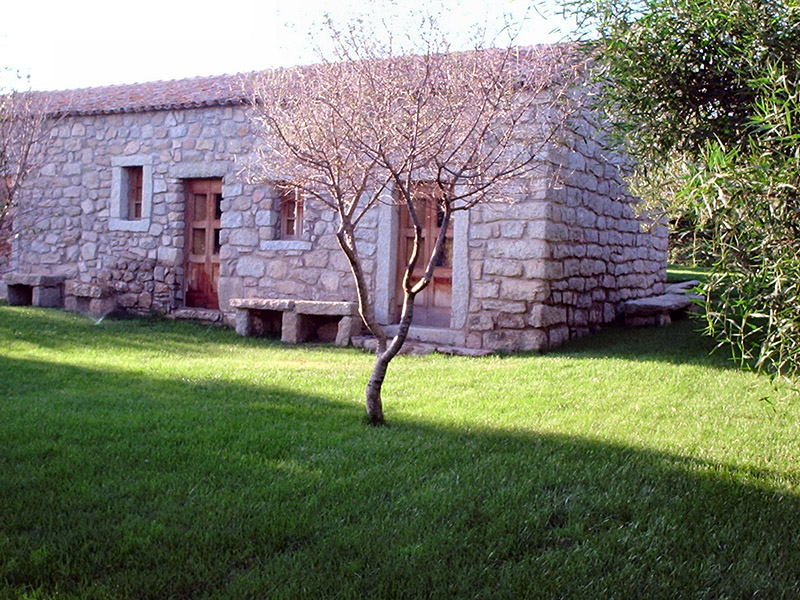The region:
Gallura
(Gaddùra / ga'ɖːura / in Gallurese and Sardinian)
is a historical and geographical subregion of Sardinia. It includes the north-eastern part of the island, from the Coghinas river which borders it to the west, then passing through the Limbara massif, which delimits the southern part, up to the massif of Mount Nieddu to the southeast, in the municipalities of San Teodoro and Budoni.
Gallura is characterised by a solid economy where, as well as the renowned tourism sector, the cork and granite industries prevail, in which it has achieved international records.
The most important settlements are Olbia, Arzachena and La Maddalena for the tourism sector (the renowned Costa Smeralda), Calangianus and Tempio Pausania for industrialisation (the largest cork industry in Italy and one of the largest in the world).
Here the Sardinian language was affected by the Corsican population: Gallurese derives from the mixing of Logudorese Sardinian and the Corsican language. The region is in the province of Sassari.
The meaning of the toponym "Gaddùra/Caddùra" which appears in the first written records of the 11th-12th century seems to be "rocky, stony", a hypothesis which appears to be confirmed by the predominantly mountainous nature of the Gallura area, especially when compared to the flat or hilly nature of the neighbouring Logudoro.
Origins and prehistory
The oldest known human presence in Gallura dates back to the Neolithic with the appearance of cardial pottery. A large quantity of ceramic and obsidian from Mount Arci was found in Aglientu in the Lu Littaroni area and in Cala Corsara on the island of Spargi.
This once again indicates that Gallura was an obligatory passage "of black and white gold" in antiquity. The current Gallura has been populated by Corsicans since pre-Roman times. In the Nuragic era, Gallura was a bridgehead for the spread of the Nuragic culture in southern Corsica.
Roman period
After the conquest of Sardinia by the Romans (238 BC), the Punic city of Olbia assumed considerable importance as it was the closest port to the peninsula. Other noteworthy Roman cities in Gallura were Calangiani, Gemellae and Tertium.
Judicial and Pisan Period: The Giudicato of Gallura
After the decline of Olbia following the barbarian incursions from 594, the bishopric was established in Phausiana on the initiative of Pope Gregory the Great. In the Middle Ages, from the mid-9th century Gallura was one of the four independent kingdoms into which the island was divided. The Kingdom included the current historical regions of Gallura, the Barony and part of the Nuorese area, with the capital Civita, renamed Terranova by the Pisans in the late kingly period.
In 1073, in an epistle which Pope Gregory VII wrote to the Sardinian kings to invite them to submit to the church of Rome, the name "Gallura" appeared for the first time under Costantinus Gallurensis. In later documents it would also appear in the forms Gallul, Gallulu, Gallula and then Gallura. But we would have to wait for a Pisan Charter of the mid-13th century to see the term Galorj featured on a geographical map. In the kingly period, up to about 1600, the main centres of the Kingdom were the current Tempio Pausania and Calangianus (Tempio and Calanjanus in Gemini).
Aragonese and Iberian period
In the late medieval and Aragonese period, the abandonment of Civita (which became Terranòa) and the depopulation of the coasts due to raids by Arab pirates led to greater development of the inland areas and the cities of Tempio and Calangianus, which became the two main cities of Gallura, favoured by their location which protected them from barbarians and plague.
Savoy period
For many decades the region rebelled against any authority. Around 1810 the region was torn apart by the furious clash of a consistent and numerous group of Tempiese factions. Gallura's ungovernability was highlighted with extreme clarity in the report of the Royal Delegation for the pacification of Gallura of 1813. This report denounced the numerous ferocious feuds which tore the region apart. On 9th May 1813, before the notary of Tempio, Apollinare Fois-Cabras, the "peace" was drawn up, followed by an act of pardon from the King issued by a decree on the 29th of the same month. In maritime Gallura, things weren't much better. The epilogue of a long and bloody feud was signed with the peace of 1850 between the Orecchioni and the Vincentelli of Santa Teresa di Gallura. In 1839 the bishop's seat was transferred from Olbia to Tempio which, in the same period, had been elevated to the rank of city (1836) and provincial capital (from 1807 to 1821 and from 1833 to 1859).
20th century and modern day
With the end of the 19th and 20th centuries, with the improvement of the connections, the population trend was reversed in favour of the coastal strip and the city of Olbia, which also benefited from the emerging Costa Smeralda, along with Arzachena, Palau, Santa Teresa and San Teodoro.
In Gallura, as well as Italian, two other languages are spoken: Gallurese, classified as a Sardinian-Corsican language or a variety of southern Corsican similar to the dialects of Sartenese, and Sardinian Logudorese.


